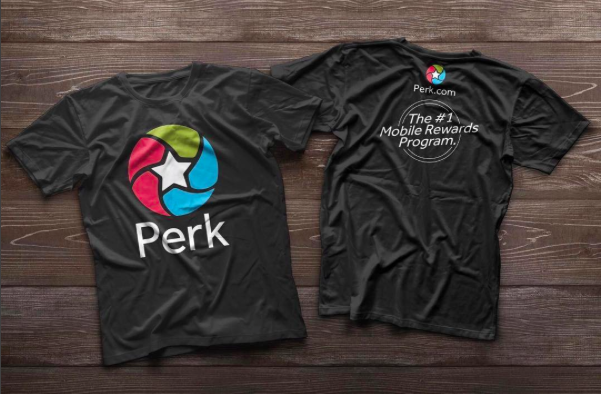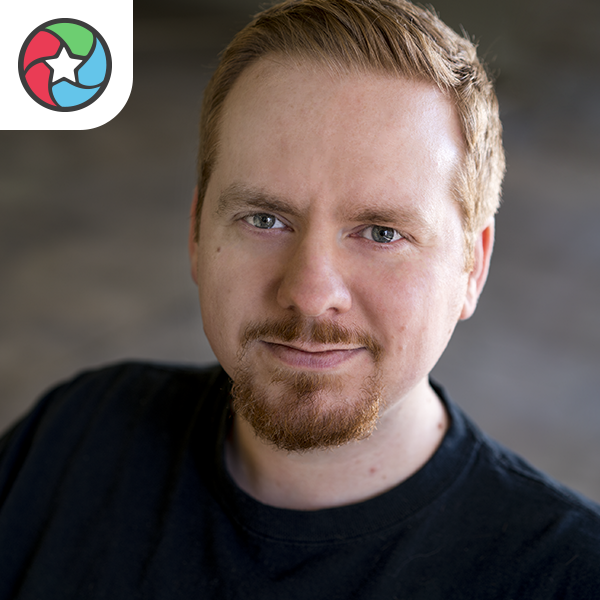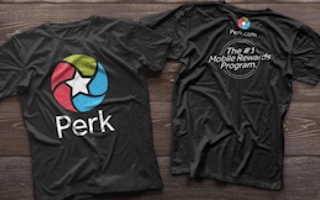
The mobile rewards platform, Perk, made four acquisitions in the following months of its IPO in July 2015, further maximizing the level of engagement between consumers and brands. One of the leaders at Perk worked to ensure that as the company continued to scale, Perk's system would allow for it.
 Enter Blake Gardner, Perk's CTO of three years. Prior to joining the Perk team, Gardner served as a senior developer and team lead for Austin-based BestFit Mobile and Marketing, acting as principal lead and engineer for craft store giant, Michael's, when they launched their mobile application. He's also lived in California while developing a governor campaign website for a candidate in 2010, and in Louisiana for five years as a web developer for Modiphy Design Studio from 2001 through 2006.
Enter Blake Gardner, Perk's CTO of three years. Prior to joining the Perk team, Gardner served as a senior developer and team lead for Austin-based BestFit Mobile and Marketing, acting as principal lead and engineer for craft store giant, Michael's, when they launched their mobile application. He's also lived in California while developing a governor campaign website for a candidate in 2010, and in Louisiana for five years as a web developer for Modiphy Design Studio from 2001 through 2006.
What technologies power your business?
Perk.com embraces open source technologies and uses them heavily. PHP, Apache, Nginx, MySQL and Redis are just a few of the server-side components we’ve been using for years to power our main platform.
What technologies are playing the biggest roles at your company this year?
Even though Perk has typically been mobile centric, we have invested a lot of time this year into our front-end web development technologies. Frameworks and libraries like AngularJS, NPM, TypeScript, Jasmine, Protractor and Webpack have been central to that.
What are the biggest tech projects your team is working on this year?
Our backend API team is converting our modularized monolithic applications into a set of smaller API micro services. This gives us an advantage because we can have several smaller teams that own one part of the overall architecture, which allows developers to specialize and own those pieces.
What are the biggest technology challenges you’ve faced in the past? How did you overcome them?
When we originally hit critical mass, we had to scale our legacy server-side applications. It was a big project! We took inspiration from big hitters like Twitter and Facebook, who had first-to-market MVP code bases, and refactored aggressively to optimize and get us over the hump. Once we understood our architecture better, we rewrote our systems with massive scale in mind over first to market.
What are lessons you’ve learned about working in Austin that other local entrepreneurs can learn from?
Find ways to get involved in the local tech community. The tech industry is booming and growing, but Austin is still a relatively small city so it’s easy to get your name out there. You never know when those connections will pay off. Attend local meetups and conferences that align with your technology stack.
Austin is known for having a large talent pool of thirsty, young workers. What are the top characteristics you look for in a potential hire?
I typically look for people who have side projects, available source code online or tinker with technology as a hobby. Being a regular at meetups and user groups is also a good sign.
One important thing: don’t discount older workers. They have an immense amount of experience and can help prevent your organization from steering its technology architecture off of a cliff.
How would your team describe working with you?
The people I manage directly would probably say I am a trusting person. If you make the right hires and set up a good a structure, you can sleep a little easier at night knowing that the right decisions are being made by upper management and technical leads under your leadership.
Photo via Perk. Some answers have been edited for clarity and length.
Want to nominate a CTO for this series? Email us.




